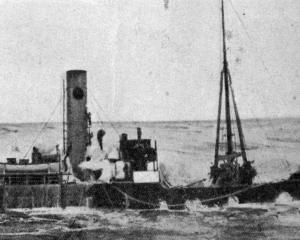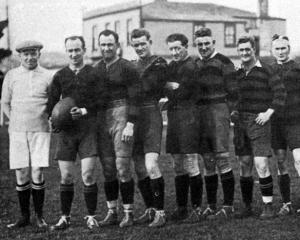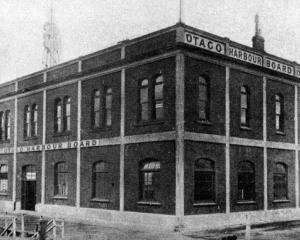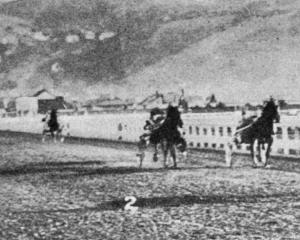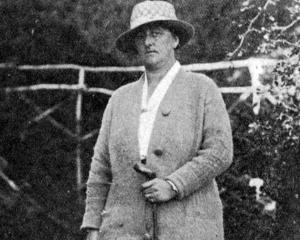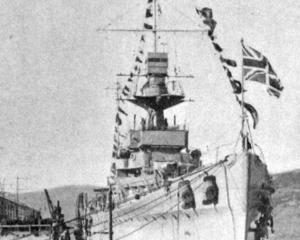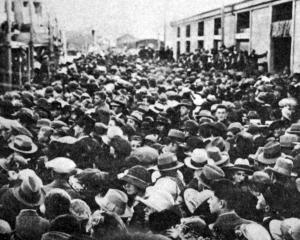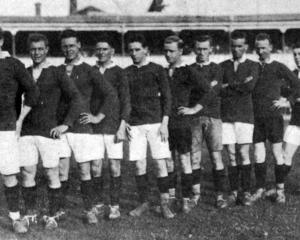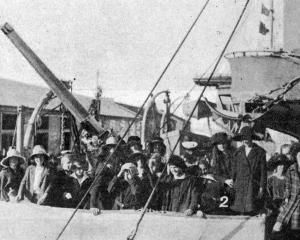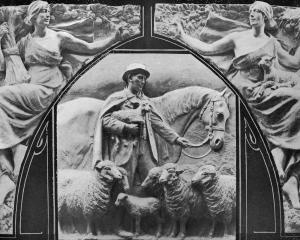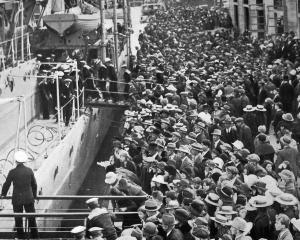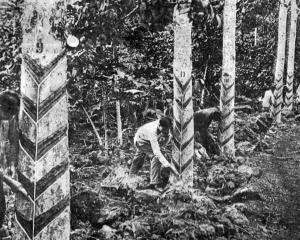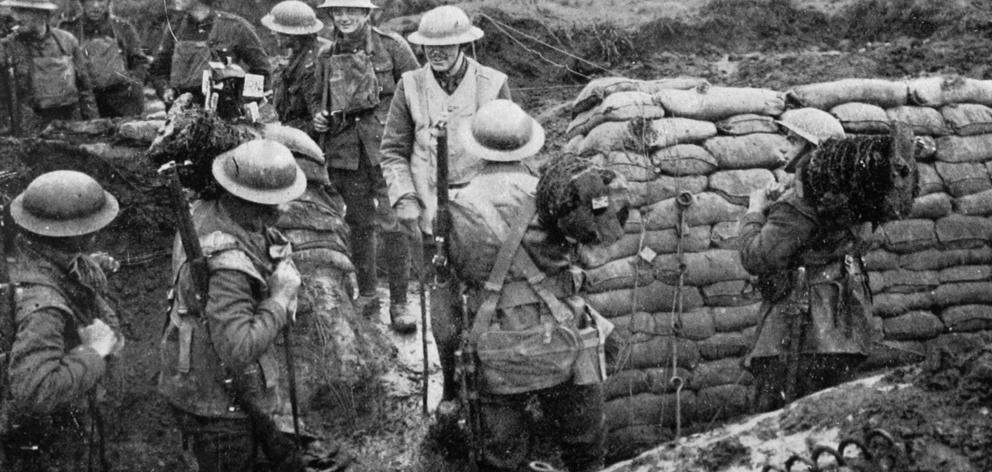
Mr Philip Gibbs reveals the fact that the Australians relieved the Guards on April 14. After the Germans had penetrated the Portuguese line and widened the gap between Armentieres and Merville, gaining the crossings over the Lys River, the Grenadier, Irish, and Coldstream Guards advanced along the Hazebrouck-Estaires road. When the situation was at its worst, when our Fifteenth Division had out-fought themselves by continuous rearguard actions until they were hardly able to walk or stand, the Guards had to hold the enemy at all costs for 48 hours until the Australians arrived. They did it, although grealy outnumbered, fighting in separate bodies, the enemy pressing on both flanks. They beat back attack after attack and gained vital hours by the noblest self-sacrifice. A Grenadier officer sent back a message: ‘‘The men are standing back-to-back and shooting on all sides.’’ The Germans swung round them, circling them with machine guns and rifles, pouring in a fire until only 18 were left. These, standing among the wounded, fixed their bayonets and drove through the enemy.
Early settlers depart
Another of the early settlers of Otago died on Tuesday in the person of Mr James Black, of Main South road, Dunedin. He was a native of Duns, Berwickshire, Scotland, and arrived in Otago in 1860. In the early days he took part in the Gabriel’s Gully and Dunstan gold rushes, returning later to Dunedin, where he continued at his trade as a stonemason, being amongst those employed in the erection of the Bank of New Zealand, Town Hall, Knox Church, Otago Boys’ High School, and other city buildings. He left Dunedin to take up farming in Otago Central, and remained there until about 12 years ago, when he retired to live again in the city. He was married some 47 years ago, his wife being a sister of the late Merssrs Peter and John Law, of Maniototo, also of Mr Samuel Law (who resides in Palmerston North). The deceased was of a retiring disposition, but highly respected by those who knew him as a thoroughly upright, honourable man.
Wakari hospital site
The much-discussed and much-delayed question of the construction of a hospital on the Wakari site has at last assumed definite form. The site was purchased in 1914. Now, after much caustic criticism of the purchase, Ministerial advice, inquiry by a commission, and the altering and realtering of plans, finality is to be reached. In the next few days tenders will be called for the construction of the hospital, which will comprise two separate buildings. One will be a consumptive block; the other an infectious diseases block.
Rabbit poisoning
Good kills with strychnine-treated oats are reported from various parts of Otago (says the Tapanui Courier). Mr Vidal, of Gibbston, had a kill of 2000 rabbits from 66lb of treated oats. Mr Crump, of Kelson, being troubled with rabbits about some of his hedges, decided to try strychnine. He got 113 rabbits next morning. In each of these cases the rabbits were fed for three days on sweetened oats before the poisoned grain was put down. — ODT, 3.5.1918.
• COPIES OF PICTURE AVAILABLE FROM ODT FRONT OFFICE, LOWER STUART ST, OR WWW.OTAGOIMAGES.CO.NZ

